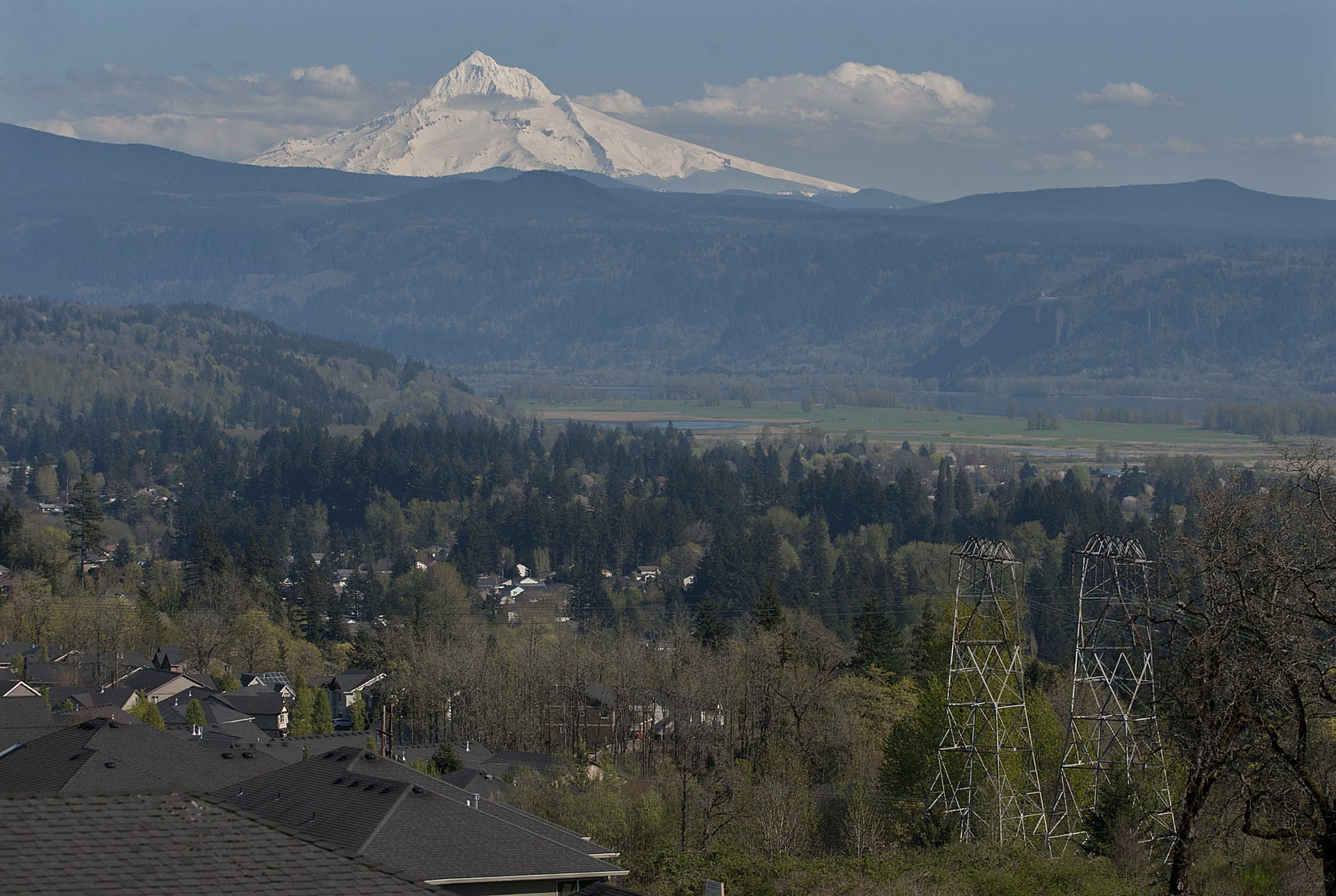Technology startups around the world are disrupting decades-old ways of doing business, and now the Bonneville Power Administration is hoping to find a few innovators who could change the way consumers get electricity.
BPA has made a public request for offers on products or methods that could help reduce the congestion in its electrical transmission lines in Southwest Washington and Northwest Oregon. The request comes as the federal power marketing agency is in the process of reviewing plans to add an expensive and controversial high voltage line that would cut through Clark County.
“We have a lot of speculation of what we think of what the art of the possible is, but we don’t know until we go out (and solicit ideas,)” said Sarah Arison, BPA’s non-wires project manager. “The next step is demonstrating the art of the possible. That’s why we have a pilot.”
The request for offers would establish a pilot program to address near-term congestion issues on BPA’s transmission lines.
BPA’s main energy sources are in the north and east of Washington and Oregon. The consumption is mostly on the west side of the mountains. The power moves through a corridor that hasn’t been upgraded with additional capacity since the 1970s. The population around the corridor has doubled, and, at times in the summer months, the power traveling along some lines can meet or exceed safe operating limits. That creates threats to BPA’s reliability.
To keep electricity reliable, BPA operates its bulk electric system to continually balance the supply of power with the demand. That balancing act depends on the location of the power line, the path the power must travel to reach consumers, and the physical limits of the power lines.
Nonwire solutions could include a range of things from locally generated solar power, energy storage in the form of batteries, conservation measures aimed at consumers and even large-scale use of diesel generators.
Arison said she is hearted by work done by power agencies on the East Coast that found nonwire solutions to postpone construction of very costly distribution lines. She wants to see that same kind of innovation brought to the West Coast.
“It’s stuff we haven’t done before,” she said.
The pilot would also give Bonneville a better sense of whether cost-effective options exist that could delay the need to build the proposed $722 million, high-voltage transmission line known as the I-5 Corridor Reinforcement Project by five or more years. The line would run from Castle Rock to Troutdale, Ore., cutting through Clark County and crossing the Columbia River near Camas.
“By testing new advances in congestion management on our system, we may be able to uncover a solution that helps us defer the need to build in the immediate future,” said Jeff Cook, vice president of planning and asset management for transmission.
BPA explored nonwire solutions and discussed its findings in the I-5 corridor project’s final environmental impact statement, which was released in February. As of yet, the BPA hasn’t found an operationally, commercially, and economically feasible way to alleviate the congestion problems in the long term. But just because the agency hasn’t found them, doesn’t mean those solutions don’t exist or won’t soon.
“We want to make sure that we make the right investment at the right time for BPA and the people of the Northwest,” Cook said. “While construction of a physical line would resolve capacity limitations along this corridor for the foreseeable future, it is a costly undertaking. It also would introduce new infrastructure in this vicinity that we recognize is of intense concern to local communities.” The proposed lines would be on very high towers, taller than the current high voltage lines that cut through the area.
Releasing the final environmental impact statement is a big step for BPA but it does not mean the line is going to be built. That decision lies with BPA Administrator Elliot Mainzer. He’s not expected to reach a final decision before late 2016.
If Mainzer does approve the project for immediate construction, the line would be energized as early as 2021 under the best circumstances. In the intervening years, congestion will still be a regional issue.




